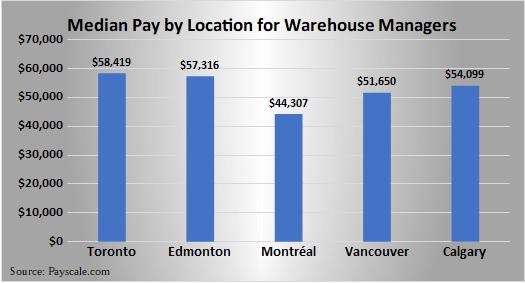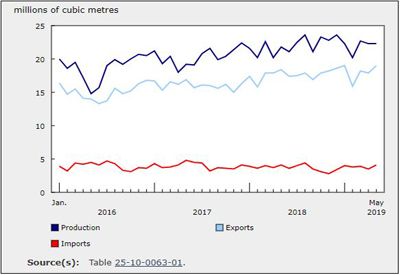HOW BIM Adds Value to Intelligent Buildings

Feb 4, 2019
A new report from Navigant Research examines how building information modelling (BIM) adds value to intelligent buildings. BIM has been in use since the 1980s under different names and guises. It’s not a specific tool, but a collaborative way of using and sharing work products in the architectural, engineering, and construction industries. The essence of this collaboration is documented, accessible, and usable information that enables access to information during each step in a building’s life cycle, from design to demolition. Data and ultimately better information are the foundation of intelligent building technologies in today’s market. Digitally documenting and integrating all aspects of a building adds value each step of the way. BIM can also help accelerate the transformation of buildings into smart, optimized intelligent buildings, as well as advance the development of smart cities, smart infrastructure, and the Energy Cloud.
During design and construction, BIM can be considered the first instance of the digital life of a building. The most transformative aspect of BIM is in the modeling and application of sophisticated new technologies such as Internet of Things (IoT) and the interconnectivity of a wider range of assets that include city infrastructures, utility grids, transportation networks, and the emerging Energy Cloud. It is also not just about efficiencies or energy-related matters. Initiatives that consider building tenants, city residents, and businesses can be coordinated in a holistic manner to provide value-added services across a wide swath of markets and constituents.
This 18-page Navigant Research report examines how BIM adds value to intelligent buildings. The study explores how early BIM adoption drives value through the building life cycle and discusses how it supports the evolution of smart cities and the Energy Cloud. Recommendations are provided for buildings industry stakeholders on how best to realize the value of BIM through the life cycle of the building, as well as reap benefits beyond the building itself.
Find out more: https://www.navigantresearch.com/reports/how-bim-adds-value-to-intelligent-buildings










